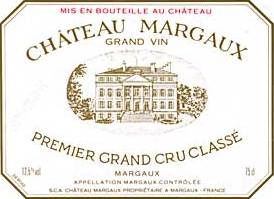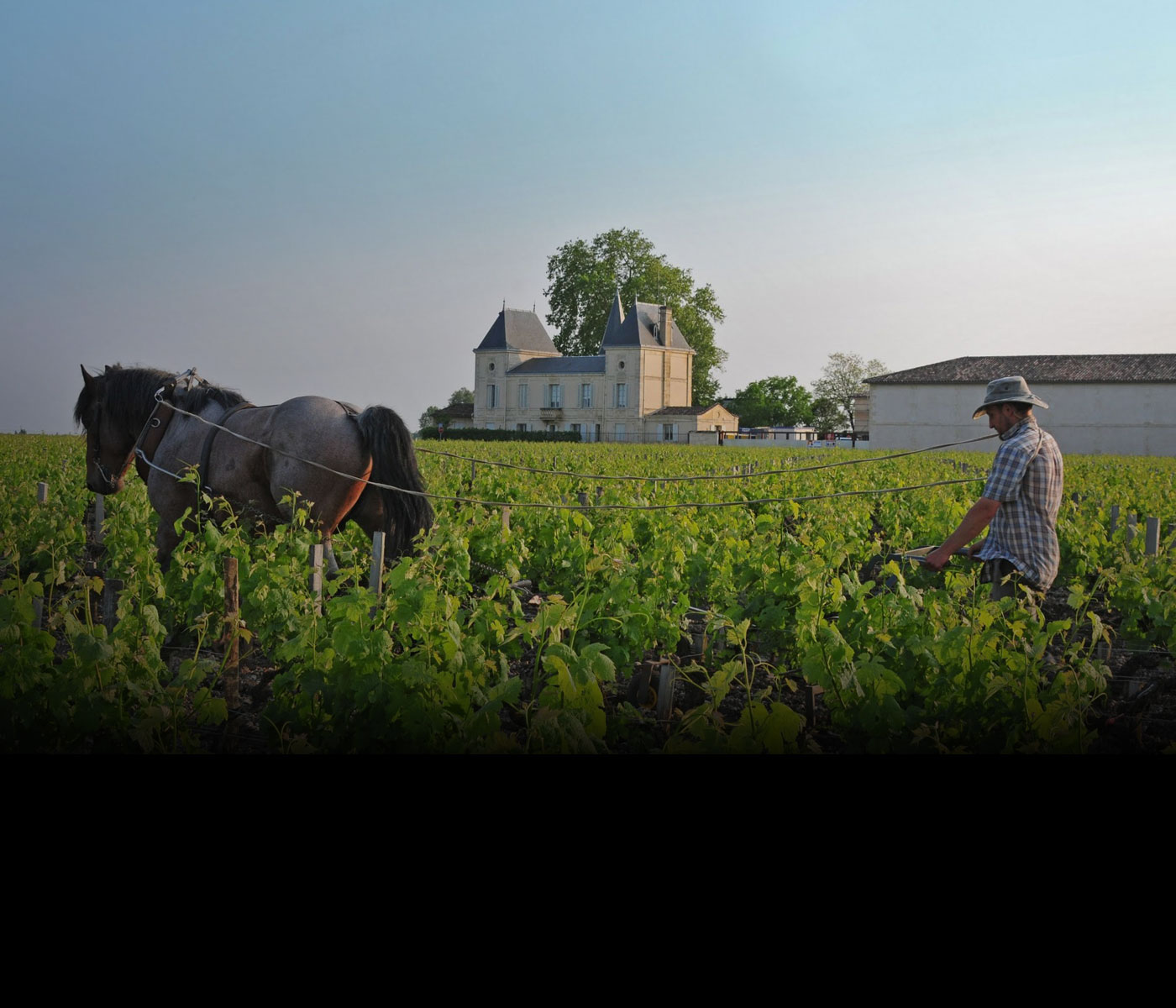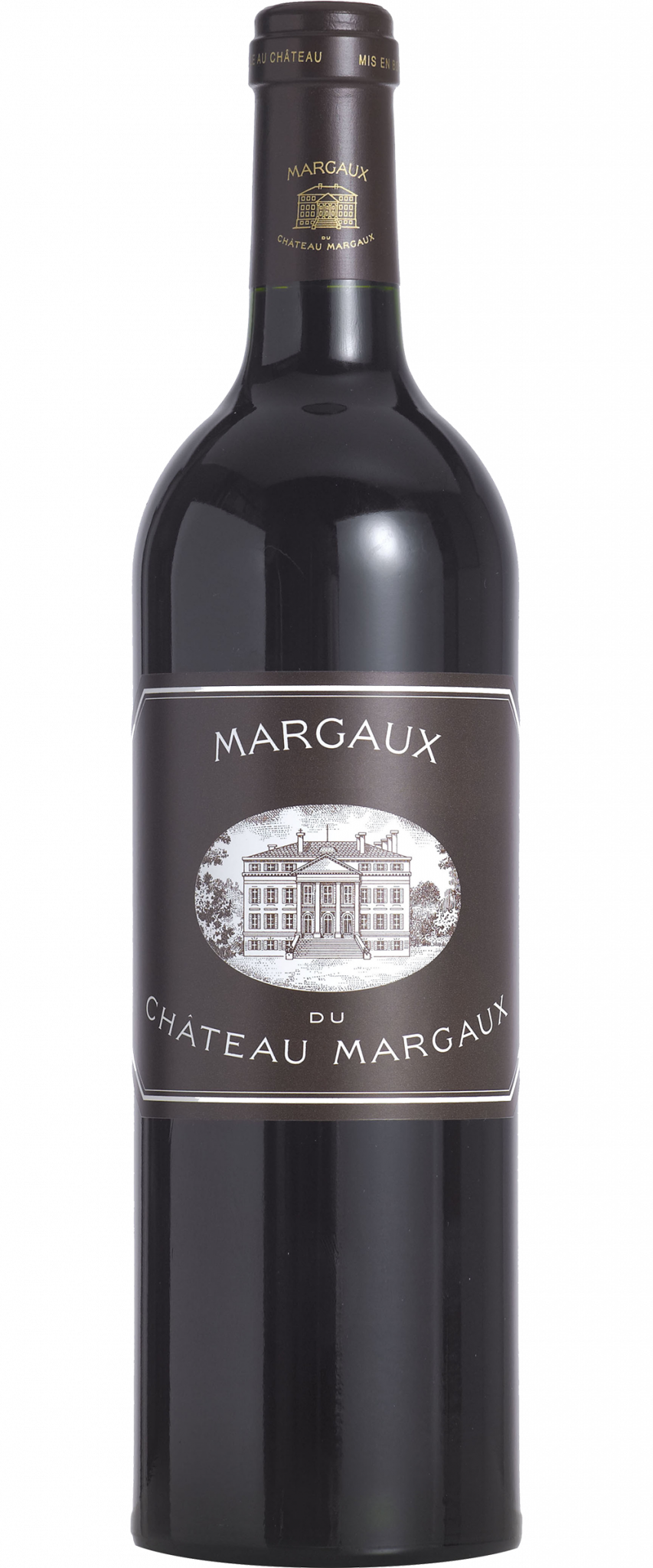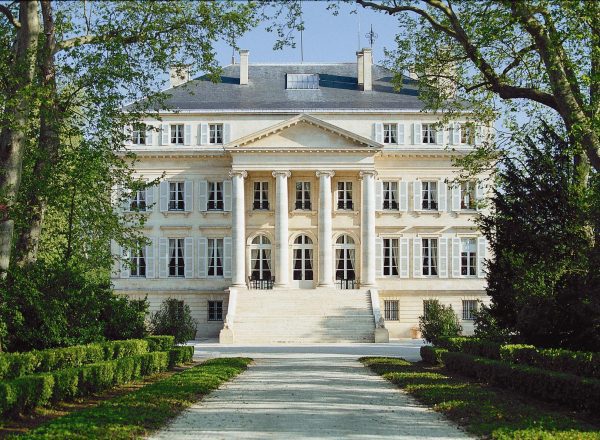
Array
(
[ID] => 3033
[id] => 3033
[title] => Chateau Margaux
[filename] => Chateau-Margaux-G-de-Laubier.jpg
[filesize] => 674957
[url] => https://sitemap.vintus.com/wp-content/uploads/2018/08/Chateau-Margaux-G-de-Laubier.jpg
[link] => https://sitemap.vintus.com/producers/chateau-margaux/y-les-archers-02/
[alt] =>
[author] => 6
[description] =>
[caption] =>
[name] => y-les-archers-02
[status] => inherit
[uploaded_to] => 3026
[date] => 2018-08-10 13:51:26
[modified] => 2018-08-10 13:51:34
[menu_order] => 0
[mime_type] => image/jpeg
[type] => image
[subtype] => jpeg
[icon] => https://sitemap.vintus.com/wp-includes/images/media/default.png
[width] => 1772
[height] => 1188
[sizes] => Array
(
[thumbnail] => https://sitemap.vintus.com/wp-content/uploads/2018/08/Chateau-Margaux-G-de-Laubier-600x440.jpg
[thumbnail-width] => 600
[thumbnail-height] => 440
[medium] => https://sitemap.vintus.com/wp-content/uploads/2018/08/Chateau-Margaux-G-de-Laubier-300x201.jpg
[medium-width] => 300
[medium-height] => 201
[medium_large] => https://sitemap.vintus.com/wp-content/uploads/2018/08/Chateau-Margaux-G-de-Laubier-768x515.jpg
[medium_large-width] => 768
[medium_large-height] => 515
[large] => https://sitemap.vintus.com/wp-content/uploads/2018/08/Chateau-Margaux-G-de-Laubier-1024x687.jpg
[large-width] => 1024
[large-height] => 687
[1536x1536] => https://sitemap.vintus.com/wp-content/uploads/2018/08/Chateau-Margaux-G-de-Laubier.jpg
[1536x1536-width] => 1536
[1536x1536-height] => 1030
[2048x2048] => https://sitemap.vintus.com/wp-content/uploads/2018/08/Chateau-Margaux-G-de-Laubier.jpg
[2048x2048-width] => 1772
[2048x2048-height] => 1188
[list_thumb] => https://sitemap.vintus.com/wp-content/uploads/2018/08/Chateau-Margaux-G-de-Laubier-597x400.jpg
[list_thumb-width] => 597
[list_thumb-height] => 400
)
)
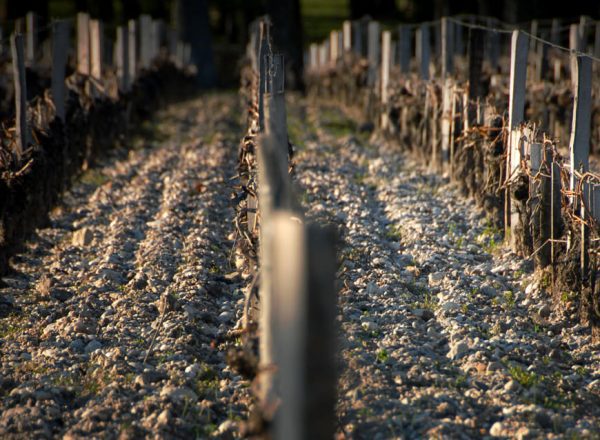
Array
(
[ID] => 3034
[id] => 3034
[title] => Chateau Margaux Gravel Soils
[filename] => Margaux-Gravel-Soils-1.jpg
[filesize] => 503814
[url] => https://sitemap.vintus.com/wp-content/uploads/2018/08/Margaux-Gravel-Soils-1.jpg
[link] => https://sitemap.vintus.com/producers/chateau-margaux/margaux-gravel-soils-1/
[alt] =>
[author] => 6
[description] =>
[caption] => Gravel Soils
[name] => margaux-gravel-soils-1
[status] => inherit
[uploaded_to] => 3026
[date] => 2018-08-10 13:51:46
[modified] => 2022-01-21 21:16:45
[menu_order] => 0
[mime_type] => image/jpeg
[type] => image
[subtype] => jpeg
[icon] => https://sitemap.vintus.com/wp-includes/images/media/default.png
[width] => 1120
[height] => 638
[sizes] => Array
(
[thumbnail] => https://sitemap.vintus.com/wp-content/uploads/2018/08/Margaux-Gravel-Soils-1-600x440.jpg
[thumbnail-width] => 600
[thumbnail-height] => 440
[medium] => https://sitemap.vintus.com/wp-content/uploads/2018/08/Margaux-Gravel-Soils-1-300x171.jpg
[medium-width] => 300
[medium-height] => 171
[medium_large] => https://sitemap.vintus.com/wp-content/uploads/2018/08/Margaux-Gravel-Soils-1-768x437.jpg
[medium_large-width] => 768
[medium_large-height] => 437
[large] => https://sitemap.vintus.com/wp-content/uploads/2018/08/Margaux-Gravel-Soils-1-1024x583.jpg
[large-width] => 1024
[large-height] => 583
[1536x1536] => https://sitemap.vintus.com/wp-content/uploads/2018/08/Margaux-Gravel-Soils-1.jpg
[1536x1536-width] => 1120
[1536x1536-height] => 638
[2048x2048] => https://sitemap.vintus.com/wp-content/uploads/2018/08/Margaux-Gravel-Soils-1.jpg
[2048x2048-width] => 1120
[2048x2048-height] => 638
[list_thumb] => https://sitemap.vintus.com/wp-content/uploads/2018/08/Margaux-Gravel-Soils-1-600x342.jpg
[list_thumb-width] => 600
[list_thumb-height] => 342
)
)
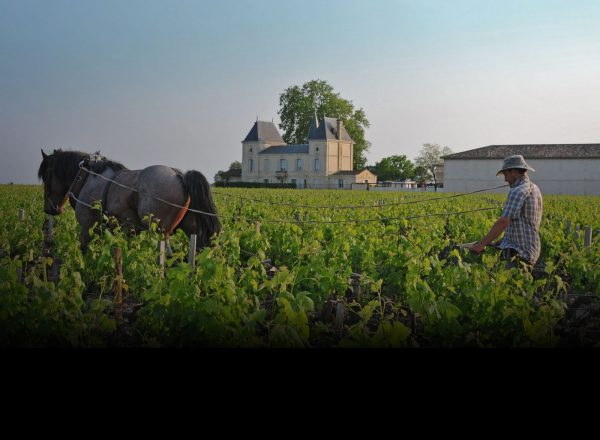
Array
(
[ID] => 3046
[id] => 3046
[title] => Chateau Margaux Plowing
[filename] => Chateau-Margaux-Plowing.jpg
[filesize] => 219882
[url] => https://sitemap.vintus.com/wp-content/uploads/2018/08/Chateau-Margaux-Plowing.jpg
[link] => https://sitemap.vintus.com/producers/chateau-margaux/chateau-margaux-plowing/
[alt] =>
[author] => 6
[description] =>
[caption] =>
[name] => chateau-margaux-plowing
[status] => inherit
[uploaded_to] => 3026
[date] => 2018-08-10 13:57:44
[modified] => 2018-08-10 13:57:48
[menu_order] => 0
[mime_type] => image/jpeg
[type] => image
[subtype] => jpeg
[icon] => https://sitemap.vintus.com/wp-includes/images/media/default.png
[width] => 1400
[height] => 1200
[sizes] => Array
(
[thumbnail] => https://sitemap.vintus.com/wp-content/uploads/2018/08/Chateau-Margaux-Plowing-600x440.jpg
[thumbnail-width] => 600
[thumbnail-height] => 440
[medium] => https://sitemap.vintus.com/wp-content/uploads/2018/08/Chateau-Margaux-Plowing-300x257.jpg
[medium-width] => 300
[medium-height] => 257
[medium_large] => https://sitemap.vintus.com/wp-content/uploads/2018/08/Chateau-Margaux-Plowing-768x658.jpg
[medium_large-width] => 768
[medium_large-height] => 658
[large] => https://sitemap.vintus.com/wp-content/uploads/2018/08/Chateau-Margaux-Plowing-1024x878.jpg
[large-width] => 1024
[large-height] => 878
[1536x1536] => https://sitemap.vintus.com/wp-content/uploads/2018/08/Chateau-Margaux-Plowing.jpg
[1536x1536-width] => 1400
[1536x1536-height] => 1200
[2048x2048] => https://sitemap.vintus.com/wp-content/uploads/2018/08/Chateau-Margaux-Plowing.jpg
[2048x2048-width] => 1400
[2048x2048-height] => 1200
[list_thumb] => https://sitemap.vintus.com/wp-content/uploads/2018/08/Chateau-Margaux-Plowing-467x400.jpg
[list_thumb-width] => 467
[list_thumb-height] => 400
)
)
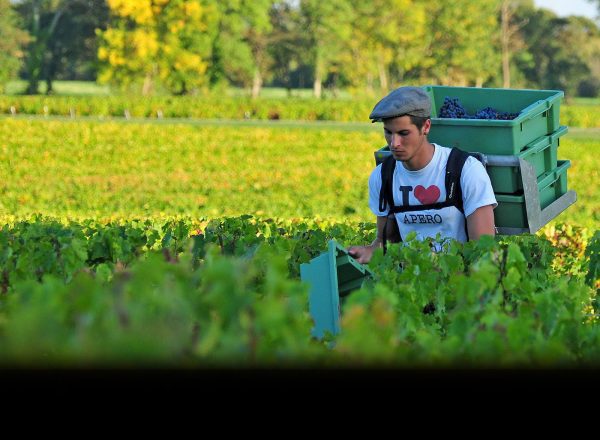
Array
(
[ID] => 3062
[id] => 3062
[title] => Chateau Margaux Harvest
[filename] => Chateau-Margaux-Harvest.jpg
[filesize] => 329004
[url] => https://sitemap.vintus.com/wp-content/uploads/2018/08/Chateau-Margaux-Harvest.jpg
[link] => https://sitemap.vintus.com/wines/margaux-du-chateau-margaux/margaux-du-chateau-margaux-2014/chateau-margaux-harvest/
[alt] =>
[author] => 6
[description] =>
[caption] =>
[name] => chateau-margaux-harvest
[status] => inherit
[uploaded_to] => 99215
[date] => 2018-08-10 14:14:13
[modified] => 2022-06-19 17:00:44
[menu_order] => 0
[mime_type] => image/jpeg
[type] => image
[subtype] => jpeg
[icon] => https://sitemap.vintus.com/wp-includes/images/media/default.png
[width] => 1400
[height] => 1200
[sizes] => Array
(
[thumbnail] => https://sitemap.vintus.com/wp-content/uploads/2018/08/Chateau-Margaux-Harvest-600x440.jpg
[thumbnail-width] => 600
[thumbnail-height] => 440
[medium] => https://sitemap.vintus.com/wp-content/uploads/2018/08/Chateau-Margaux-Harvest-300x257.jpg
[medium-width] => 300
[medium-height] => 257
[medium_large] => https://sitemap.vintus.com/wp-content/uploads/2018/08/Chateau-Margaux-Harvest-768x658.jpg
[medium_large-width] => 768
[medium_large-height] => 658
[large] => https://sitemap.vintus.com/wp-content/uploads/2018/08/Chateau-Margaux-Harvest-1024x878.jpg
[large-width] => 1024
[large-height] => 878
[1536x1536] => https://sitemap.vintus.com/wp-content/uploads/2018/08/Chateau-Margaux-Harvest.jpg
[1536x1536-width] => 1400
[1536x1536-height] => 1200
[2048x2048] => https://sitemap.vintus.com/wp-content/uploads/2018/08/Chateau-Margaux-Harvest.jpg
[2048x2048-width] => 1400
[2048x2048-height] => 1200
[list_thumb] => https://sitemap.vintus.com/wp-content/uploads/2018/08/Chateau-Margaux-Harvest-467x400.jpg
[list_thumb-width] => 467
[list_thumb-height] => 400
)
)
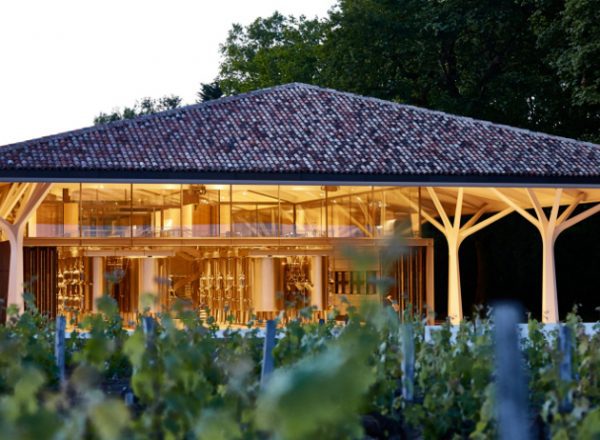
Array
(
[ID] => 3042
[id] => 3042
[title] => Chateau Margaux New Chais
[filename] => Chateau-Margaux-New-Chais.jpg
[filesize] => 262259
[url] => https://sitemap.vintus.com/wp-content/uploads/2018/08/Chateau-Margaux-New-Chais.jpg
[link] => https://sitemap.vintus.com/producers/chateau-margaux/chateau-margaux-new-chais/
[alt] =>
[author] => 6
[description] =>
[caption] =>
[name] => chateau-margaux-new-chais
[status] => inherit
[uploaded_to] => 3026
[date] => 2018-08-10 13:56:35
[modified] => 2018-08-10 13:56:35
[menu_order] => 0
[mime_type] => image/jpeg
[type] => image
[subtype] => jpeg
[icon] => https://sitemap.vintus.com/wp-includes/images/media/default.png
[width] => 690
[height] => 462
[sizes] => Array
(
[thumbnail] => https://sitemap.vintus.com/wp-content/uploads/2018/08/Chateau-Margaux-New-Chais-600x440.jpg
[thumbnail-width] => 600
[thumbnail-height] => 440
[medium] => https://sitemap.vintus.com/wp-content/uploads/2018/08/Chateau-Margaux-New-Chais-300x201.jpg
[medium-width] => 300
[medium-height] => 201
[medium_large] => https://sitemap.vintus.com/wp-content/uploads/2018/08/Chateau-Margaux-New-Chais.jpg
[medium_large-width] => 690
[medium_large-height] => 462
[large] => https://sitemap.vintus.com/wp-content/uploads/2018/08/Chateau-Margaux-New-Chais.jpg
[large-width] => 690
[large-height] => 462
[1536x1536] => https://sitemap.vintus.com/wp-content/uploads/2018/08/Chateau-Margaux-New-Chais.jpg
[1536x1536-width] => 690
[1536x1536-height] => 462
[2048x2048] => https://sitemap.vintus.com/wp-content/uploads/2018/08/Chateau-Margaux-New-Chais.jpg
[2048x2048-width] => 690
[2048x2048-height] => 462
[list_thumb] => https://sitemap.vintus.com/wp-content/uploads/2018/08/Chateau-Margaux-New-Chais-597x400.jpg
[list_thumb-width] => 597
[list_thumb-height] => 400
)
)

Array
(
[ID] => 3044
[id] => 3044
[title] => Chateau Margaux Old Chais
[filename] => Margaux-Chais-2.jpg
[filesize] => 66313
[url] => https://sitemap.vintus.com/wp-content/uploads/2018/08/Margaux-Chais-2.jpg
[link] => https://sitemap.vintus.com/producers/chateau-margaux/margaux-chais-2/
[alt] =>
[author] => 6
[description] =>
[caption] =>
[name] => margaux-chais-2
[status] => inherit
[uploaded_to] => 3026
[date] => 2018-08-10 13:56:43
[modified] => 2018-08-10 14:13:40
[menu_order] => 0
[mime_type] => image/jpeg
[type] => image
[subtype] => jpeg
[icon] => https://sitemap.vintus.com/wp-includes/images/media/default.png
[width] => 600
[height] => 450
[sizes] => Array
(
[thumbnail] => https://sitemap.vintus.com/wp-content/uploads/2018/08/Margaux-Chais-2-600x440.jpg
[thumbnail-width] => 600
[thumbnail-height] => 440
[medium] => https://sitemap.vintus.com/wp-content/uploads/2018/08/Margaux-Chais-2-300x225.jpg
[medium-width] => 300
[medium-height] => 225
[medium_large] => https://sitemap.vintus.com/wp-content/uploads/2018/08/Margaux-Chais-2.jpg
[medium_large-width] => 600
[medium_large-height] => 450
[large] => https://sitemap.vintus.com/wp-content/uploads/2018/08/Margaux-Chais-2.jpg
[large-width] => 600
[large-height] => 450
[1536x1536] => https://sitemap.vintus.com/wp-content/uploads/2018/08/Margaux-Chais-2.jpg
[1536x1536-width] => 600
[1536x1536-height] => 450
[2048x2048] => https://sitemap.vintus.com/wp-content/uploads/2018/08/Margaux-Chais-2.jpg
[2048x2048-width] => 600
[2048x2048-height] => 450
[list_thumb] => https://sitemap.vintus.com/wp-content/uploads/2018/08/Margaux-Chais-2-533x400.jpg
[list_thumb-width] => 533
[list_thumb-height] => 400
)
)
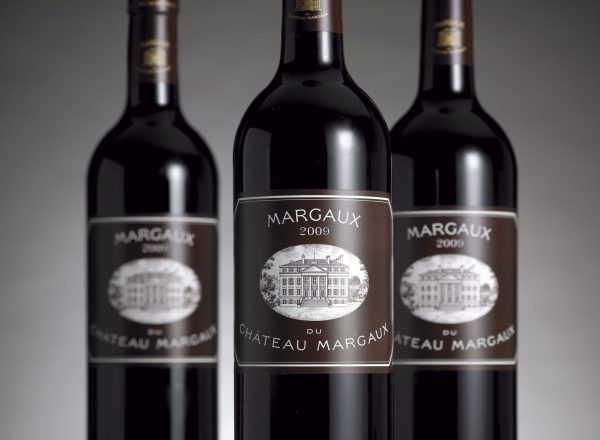
Array
(
[ID] => 3055
[id] => 3055
[title] => Chateau Margaux MdCM
[filename] => 3-BOUT1-hd.jpg
[filesize] => 174874
[url] => https://sitemap.vintus.com/wp-content/uploads/2018/08/3-BOUT1-hd.jpg
[link] => https://sitemap.vintus.com/3-bout1-hd/
[alt] =>
[author] => 6
[description] =>
[caption] =>
[name] => 3-bout1-hd
[status] => inherit
[uploaded_to] => 0
[date] => 2018-08-10 14:00:48
[modified] => 2018-08-10 14:01:03
[menu_order] => 0
[mime_type] => image/jpeg
[type] => image
[subtype] => jpeg
[icon] => https://sitemap.vintus.com/wp-includes/images/media/default.png
[width] => 1593
[height] => 2048
[sizes] => Array
(
[thumbnail] => https://sitemap.vintus.com/wp-content/uploads/2018/08/3-BOUT1-hd-600x440.jpg
[thumbnail-width] => 600
[thumbnail-height] => 440
[medium] => https://sitemap.vintus.com/wp-content/uploads/2018/08/3-BOUT1-hd-233x300.jpg
[medium-width] => 233
[medium-height] => 300
[medium_large] => https://sitemap.vintus.com/wp-content/uploads/2018/08/3-BOUT1-hd-768x987.jpg
[medium_large-width] => 768
[medium_large-height] => 987
[large] => https://sitemap.vintus.com/wp-content/uploads/2018/08/3-BOUT1-hd-797x1024.jpg
[large-width] => 797
[large-height] => 1024
[1536x1536] => https://sitemap.vintus.com/wp-content/uploads/2018/08/3-BOUT1-hd.jpg
[1536x1536-width] => 1195
[1536x1536-height] => 1536
[2048x2048] => https://sitemap.vintus.com/wp-content/uploads/2018/08/3-BOUT1-hd.jpg
[2048x2048-width] => 1593
[2048x2048-height] => 2048
[list_thumb] => https://sitemap.vintus.com/wp-content/uploads/2018/08/3-BOUT1-hd-311x400.jpg
[list_thumb-width] => 311
[list_thumb-height] => 400
)
)
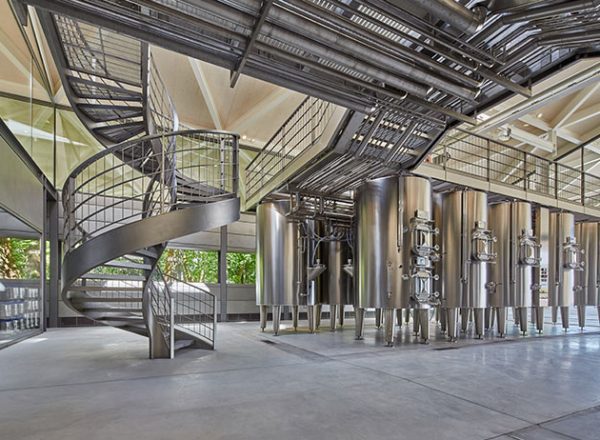
Array
(
[ID] => 3041
[id] => 3041
[title] => Chateau Margaux New Chais 3
[filename] => Chateau-Margaux-New-Chais-3.jpg
[filesize] => 110328
[url] => https://sitemap.vintus.com/wp-content/uploads/2018/08/Chateau-Margaux-New-Chais-3.jpg
[link] => https://sitemap.vintus.com/producers/chateau-margaux/chateau-margaux-new-chais-3/
[alt] =>
[author] => 6
[description] =>
[caption] =>
[name] => chateau-margaux-new-chais-3
[status] => inherit
[uploaded_to] => 3026
[date] => 2018-08-10 13:56:35
[modified] => 2018-08-10 13:56:54
[menu_order] => 0
[mime_type] => image/jpeg
[type] => image
[subtype] => jpeg
[icon] => https://sitemap.vintus.com/wp-includes/images/media/default.png
[width] => 690
[height] => 462
[sizes] => Array
(
[thumbnail] => https://sitemap.vintus.com/wp-content/uploads/2018/08/Chateau-Margaux-New-Chais-3-600x440.jpg
[thumbnail-width] => 600
[thumbnail-height] => 440
[medium] => https://sitemap.vintus.com/wp-content/uploads/2018/08/Chateau-Margaux-New-Chais-3-300x201.jpg
[medium-width] => 300
[medium-height] => 201
[medium_large] => https://sitemap.vintus.com/wp-content/uploads/2018/08/Chateau-Margaux-New-Chais-3.jpg
[medium_large-width] => 690
[medium_large-height] => 462
[large] => https://sitemap.vintus.com/wp-content/uploads/2018/08/Chateau-Margaux-New-Chais-3.jpg
[large-width] => 690
[large-height] => 462
[1536x1536] => https://sitemap.vintus.com/wp-content/uploads/2018/08/Chateau-Margaux-New-Chais-3.jpg
[1536x1536-width] => 690
[1536x1536-height] => 462
[2048x2048] => https://sitemap.vintus.com/wp-content/uploads/2018/08/Chateau-Margaux-New-Chais-3.jpg
[2048x2048-width] => 690
[2048x2048-height] => 462
[list_thumb] => https://sitemap.vintus.com/wp-content/uploads/2018/08/Chateau-Margaux-New-Chais-3-597x400.jpg
[list_thumb-width] => 597
[list_thumb-height] => 400
)
)
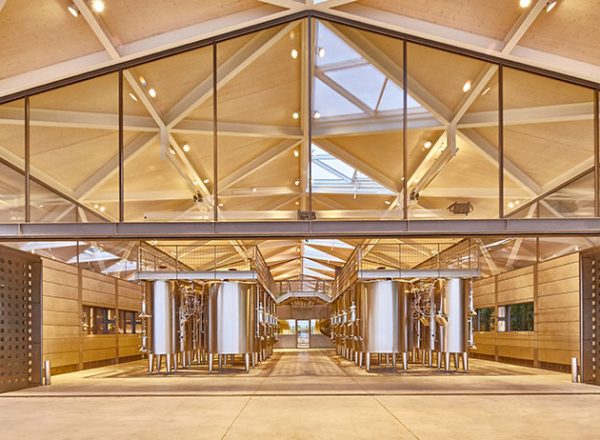
Array
(
[ID] => 3043
[id] => 3043
[title] => Chateau Margaux New Chais 2
[filename] => Chateau-Margaux-New-Chais-2.jpg
[filesize] => 98146
[url] => https://sitemap.vintus.com/wp-content/uploads/2018/08/Chateau-Margaux-New-Chais-2.jpg
[link] => https://sitemap.vintus.com/producers/chateau-margaux/chateau-margaux-new-chais-2/
[alt] =>
[author] => 6
[description] =>
[caption] =>
[name] => chateau-margaux-new-chais-2
[status] => inherit
[uploaded_to] => 3026
[date] => 2018-08-10 13:56:35
[modified] => 2018-08-10 13:56:35
[menu_order] => 0
[mime_type] => image/jpeg
[type] => image
[subtype] => jpeg
[icon] => https://sitemap.vintus.com/wp-includes/images/media/default.png
[width] => 690
[height] => 462
[sizes] => Array
(
[thumbnail] => https://sitemap.vintus.com/wp-content/uploads/2018/08/Chateau-Margaux-New-Chais-2-600x440.jpg
[thumbnail-width] => 600
[thumbnail-height] => 440
[medium] => https://sitemap.vintus.com/wp-content/uploads/2018/08/Chateau-Margaux-New-Chais-2-300x201.jpg
[medium-width] => 300
[medium-height] => 201
[medium_large] => https://sitemap.vintus.com/wp-content/uploads/2018/08/Chateau-Margaux-New-Chais-2.jpg
[medium_large-width] => 690
[medium_large-height] => 462
[large] => https://sitemap.vintus.com/wp-content/uploads/2018/08/Chateau-Margaux-New-Chais-2.jpg
[large-width] => 690
[large-height] => 462
[1536x1536] => https://sitemap.vintus.com/wp-content/uploads/2018/08/Chateau-Margaux-New-Chais-2.jpg
[1536x1536-width] => 690
[1536x1536-height] => 462
[2048x2048] => https://sitemap.vintus.com/wp-content/uploads/2018/08/Chateau-Margaux-New-Chais-2.jpg
[2048x2048-width] => 690
[2048x2048-height] => 462
[list_thumb] => https://sitemap.vintus.com/wp-content/uploads/2018/08/Chateau-Margaux-New-Chais-2-597x400.jpg
[list_thumb-width] => 597
[list_thumb-height] => 400
)
)
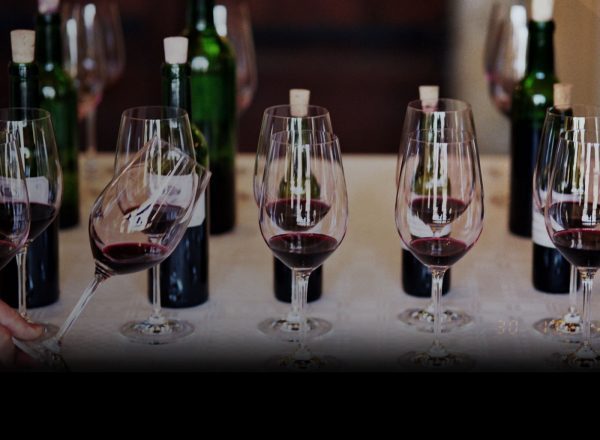
Array
(
[ID] => 3067
[id] => 3067
[title] => Chateau Margaux Tasting
[filename] => Chateau-Margaux-Tasting.jpg
[filesize] => 201042
[url] => https://sitemap.vintus.com/wp-content/uploads/2018/08/Chateau-Margaux-Tasting.jpg
[link] => https://sitemap.vintus.com/wines/margaux-du-chateau-margaux/margaux-du-chateau-margaux-2014/chateau-margaux-tasting/
[alt] =>
[author] => 6
[description] =>
[caption] =>
[name] => chateau-margaux-tasting
[status] => inherit
[uploaded_to] => 99215
[date] => 2018-08-10 14:22:17
[modified] => 2022-06-19 17:00:44
[menu_order] => 0
[mime_type] => image/jpeg
[type] => image
[subtype] => jpeg
[icon] => https://sitemap.vintus.com/wp-includes/images/media/default.png
[width] => 1400
[height] => 1200
[sizes] => Array
(
[thumbnail] => https://sitemap.vintus.com/wp-content/uploads/2018/08/Chateau-Margaux-Tasting-600x440.jpg
[thumbnail-width] => 600
[thumbnail-height] => 440
[medium] => https://sitemap.vintus.com/wp-content/uploads/2018/08/Chateau-Margaux-Tasting-300x257.jpg
[medium-width] => 300
[medium-height] => 257
[medium_large] => https://sitemap.vintus.com/wp-content/uploads/2018/08/Chateau-Margaux-Tasting-768x658.jpg
[medium_large-width] => 768
[medium_large-height] => 658
[large] => https://sitemap.vintus.com/wp-content/uploads/2018/08/Chateau-Margaux-Tasting-1024x878.jpg
[large-width] => 1024
[large-height] => 878
[1536x1536] => https://sitemap.vintus.com/wp-content/uploads/2018/08/Chateau-Margaux-Tasting.jpg
[1536x1536-width] => 1400
[1536x1536-height] => 1200
[2048x2048] => https://sitemap.vintus.com/wp-content/uploads/2018/08/Chateau-Margaux-Tasting.jpg
[2048x2048-width] => 1400
[2048x2048-height] => 1200
[list_thumb] => https://sitemap.vintus.com/wp-content/uploads/2018/08/Chateau-Margaux-Tasting-467x400.jpg
[list_thumb-width] => 467
[list_thumb-height] => 400
)
)

Array
(
[ID] => 3035
[id] => 3035
[title] => Chateau Margaux Corinne Mentzelopoulos
[filename] => corinne-mentzelopoulos.jpg
[filesize] => 471509
[url] => https://sitemap.vintus.com/wp-content/uploads/2018/08/corinne-mentzelopoulos.jpg
[link] => https://sitemap.vintus.com/producers/chateau-margaux/corinne-mentzelopoulos/
[alt] =>
[author] => 6
[description] =>
[caption] =>
[name] => corinne-mentzelopoulos
[status] => inherit
[uploaded_to] => 3026
[date] => 2018-08-10 13:52:14
[modified] => 2018-08-10 14:03:37
[menu_order] => 0
[mime_type] => image/jpeg
[type] => image
[subtype] => jpeg
[icon] => https://sitemap.vintus.com/wp-includes/images/media/default.png
[width] => 897
[height] => 855
[sizes] => Array
(
[thumbnail] => https://sitemap.vintus.com/wp-content/uploads/2018/08/corinne-mentzelopoulos-600x440.jpg
[thumbnail-width] => 600
[thumbnail-height] => 440
[medium] => https://sitemap.vintus.com/wp-content/uploads/2018/08/corinne-mentzelopoulos-300x286.jpg
[medium-width] => 300
[medium-height] => 286
[medium_large] => https://sitemap.vintus.com/wp-content/uploads/2018/08/corinne-mentzelopoulos-768x732.jpg
[medium_large-width] => 768
[medium_large-height] => 732
[large] => https://sitemap.vintus.com/wp-content/uploads/2018/08/corinne-mentzelopoulos.jpg
[large-width] => 897
[large-height] => 855
[1536x1536] => https://sitemap.vintus.com/wp-content/uploads/2018/08/corinne-mentzelopoulos.jpg
[1536x1536-width] => 897
[1536x1536-height] => 855
[2048x2048] => https://sitemap.vintus.com/wp-content/uploads/2018/08/corinne-mentzelopoulos.jpg
[2048x2048-width] => 897
[2048x2048-height] => 855
[list_thumb] => https://sitemap.vintus.com/wp-content/uploads/2018/08/corinne-mentzelopoulos-420x400.jpg
[list_thumb-width] => 420
[list_thumb-height] => 400
)
)
